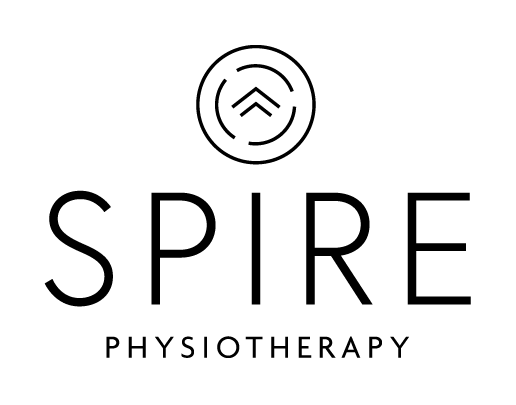CLOGGED/BLOCKED DUCTS: DO'S & DON'TS
Conflicting advice? Let’s learn more.
As a new parent, navigating the chest-feeding journey can be filled with ups and downs. Not only are you navigating infant anatomy and latch quality but also learning about the changes happening in your own body. There are significant breast tissue changes to adapt with the lactation demand. At Spire, one of the booking options you will come across is ‘Breast Health Appointment’, let’s discuss what mastitis is and what treatment entails. We’ll also include some updated health recommendations for you to try at home!
Mastitis is an infection of the breast tissue. In chest feeding parents, it usually occurs when a duct becomes clogged with milk and does not drain properly. There are multiple reasons why this may occur; the lactating breast is a dynamic gland that responds to both internal and external hormonal stimulation. Things such as lack of sleep, stress, postpartum hormonal and exercise changes can all influence our breast health and contribute to lactation changes. The blockage can lead to flu-like symptoms (which can appear very quickly) such as fever, aches and fatigue. You will likely notice the breast appearing red, swollen, warm and painful around the clogged duct.
Ductal narrowing (or commonly referred to as blocked/clogged ducts), is not considered Mastitis as there is no infection present. It is generally a more global area of breast tissue that is tender, it may be mildly red but will NOT have the systemic flu-like symptoms like Mastitis would. Our goal with any intervention of ductal narrowing is to encourage a chest feeding parent with away from the occurrence of Mastitis.
OUT WITH THE OLD: IN WITH THE NEW:
Feed/pump more to empty Feed/pump on infant’s normal schedule and demand
Aggressive massage/vibration Gentle lymphatic drainage massage
Immediate medical intervention Reassurance and education (4th trimester care!)
Heat Ice
Wear no bra Wear an appropriate fitting supportive bra
There is no evidence to support ‘dangle feeding’ or feeding on all fours using gravity as an assist, so we always encourage finding a safe and comfortable position for feeding. Recommendations suggest feeding infants directly versus opting for a pump or nipple shield use, when the option is available. The current guidelines also recommend avoiding saline/salt soaks, castor oil or other topical products which may be attractively marketed for this purpose.
At Spire we use therapeutic ultrasound in accordance with the Level 2-3 evidence to reduce inflammation and relieve edema. As we recognize this is a time sensitive concern, we encourage parents to please call or email us for a same or next day appointment options.
Your treating physician and pharmacist can discuss the use of nonsteroidal anti-inflammatory drugs (NSAIDS) which can help give some relief of the inflammation and pain, as well as pain control options like acetaminophen/tylenol. Supplemental therapies such as Sunflower or Soy Lecithin are options you may discuss with your medical team if you are interested. In some cases antibiotics may be required, it is still safe to chest-feed your baby while undergoing antibiotic treatment.
Are you still struggling? Reach out! At Spire we aim to support you with your chest-feeding concerns. We will work together with the community of wonderful healthcare providers in the lactation field for the best possible outcome for our new Spire parents.
References:
Academy of Breastfeeding Medicine Clinical Protocol #36: The Mastitis Spectrum, Mitchell et. al (Revised 2022).





